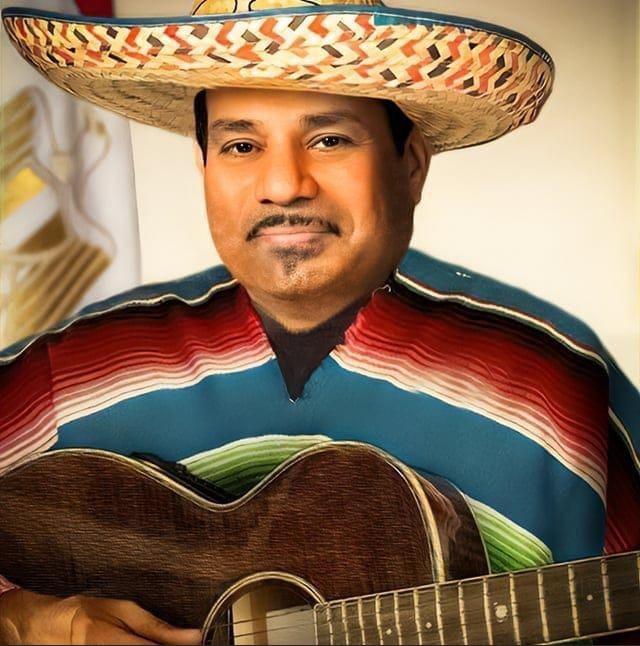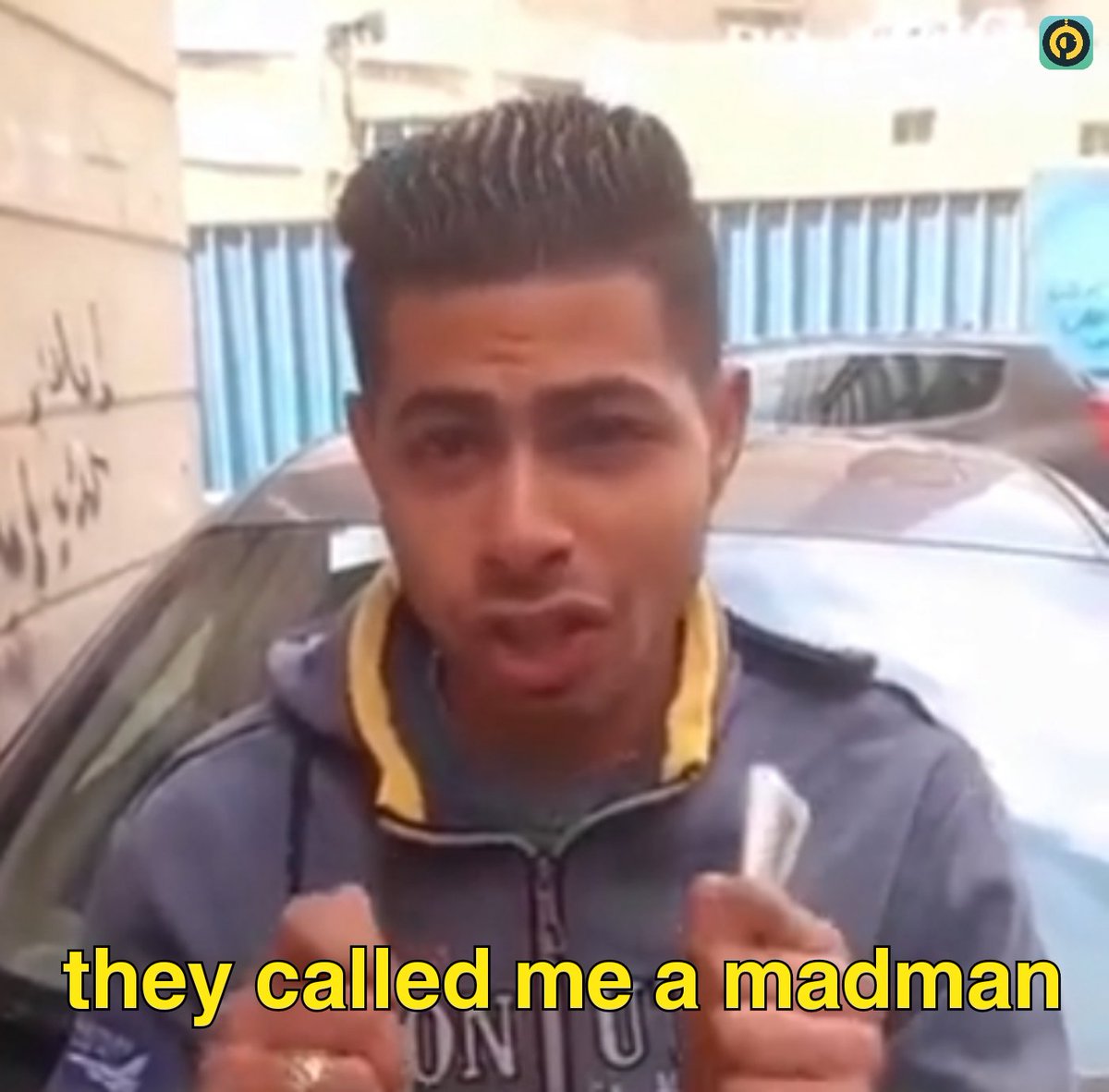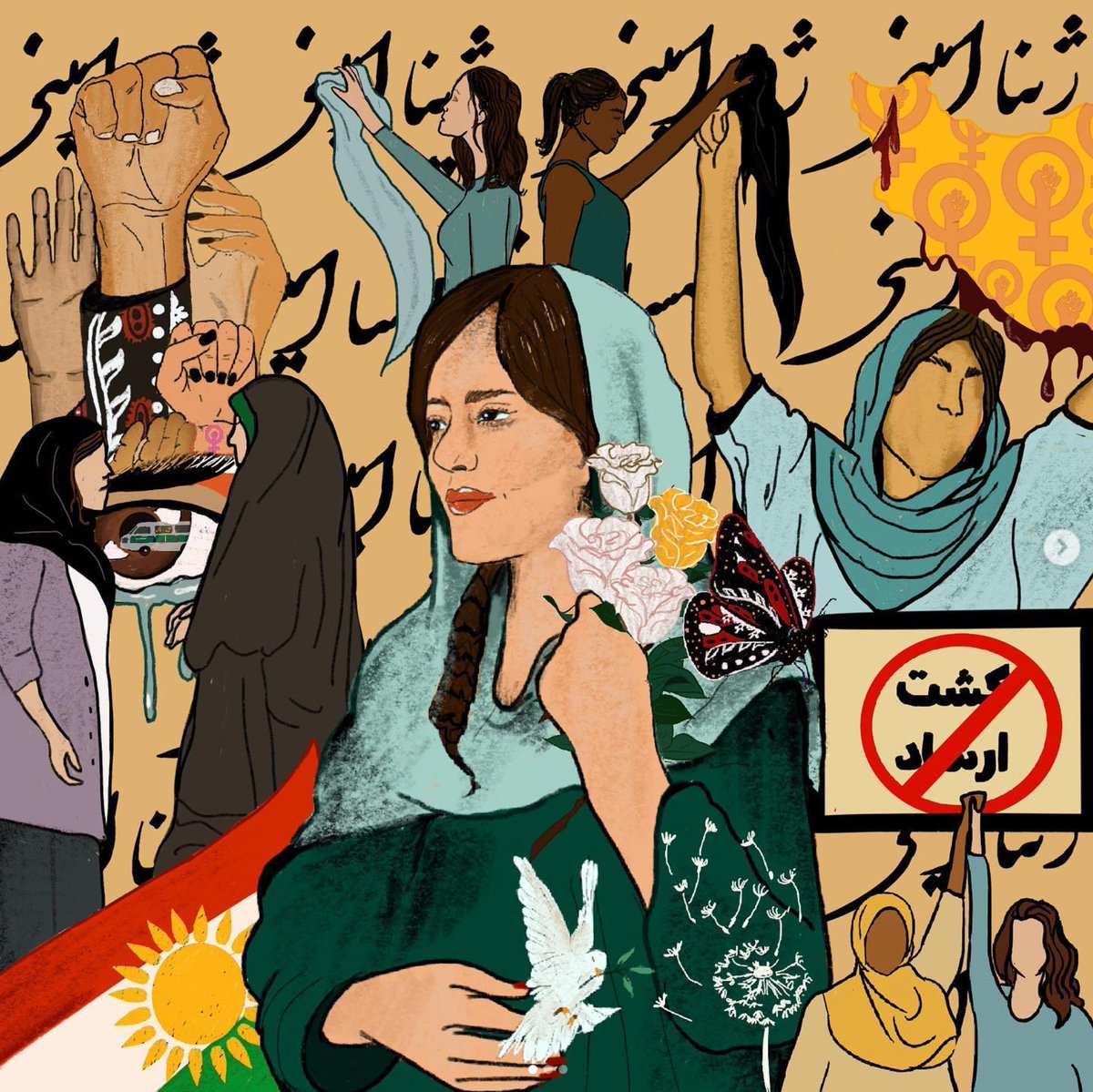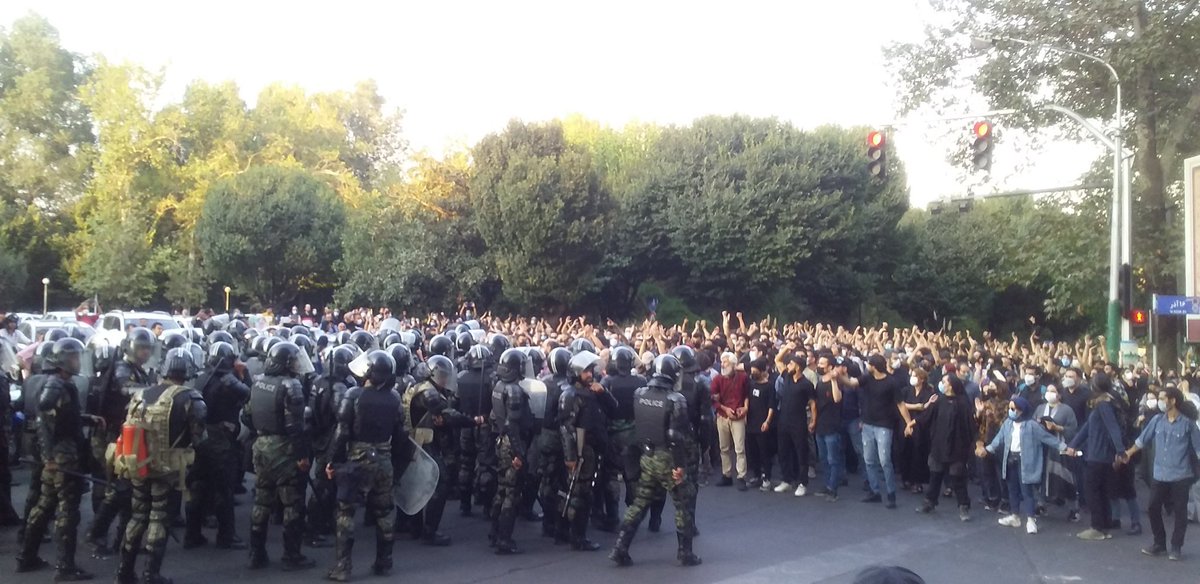The moment you enter Harun Vilayat Imamzadeh shrine in the heart of the old city of Esfahan, Iran, you’re overwhelmed by the walls - covered from floor to ceiling in tiles and murals depicting some of Islam's holiest figures. 

To the right, Imam Ali alongside Imams Hassan and Hossein; to the left, the Prophet with a veiled face. They are surrounded by angels and animals commonly associated with them. Imam Ali is represented by a lion, for example. The fire above their heads is the equivalent of a halo. 



The shrine - and many others like it - give lie to the popular misconception that Islam forbids representation.
It forbids idol worship, not simple depiction, and at different times and places these rules have been interpreted quite differently.

It forbids idol worship, not simple depiction, and at different times and places these rules have been interpreted quite differently.


Harun Vilayat shrine is said to date back to the Seljuk period, but the modern building is from the 1500s, when the Safavids made Esfahan Iran’s gleaming capital.
Besides Muslims, it is said that Jews and Christians have worshiped at the site historically.

Besides Muslims, it is said that Jews and Christians have worshiped at the site historically.


A full overview of the shrine entrance.
Murals are concentrated in the outer room, while the inner sanctum has geometric designs.
The murals are likely from the 1800s. Pictorial depictions gained widespread popularity in Iranian art during the Qajar period, until the present.
Murals are concentrated in the outer room, while the inner sanctum has geometric designs.
The murals are likely from the 1800s. Pictorial depictions gained widespread popularity in Iranian art during the Qajar period, until the present.

• • •
Missing some Tweet in this thread? You can try to
force a refresh



















